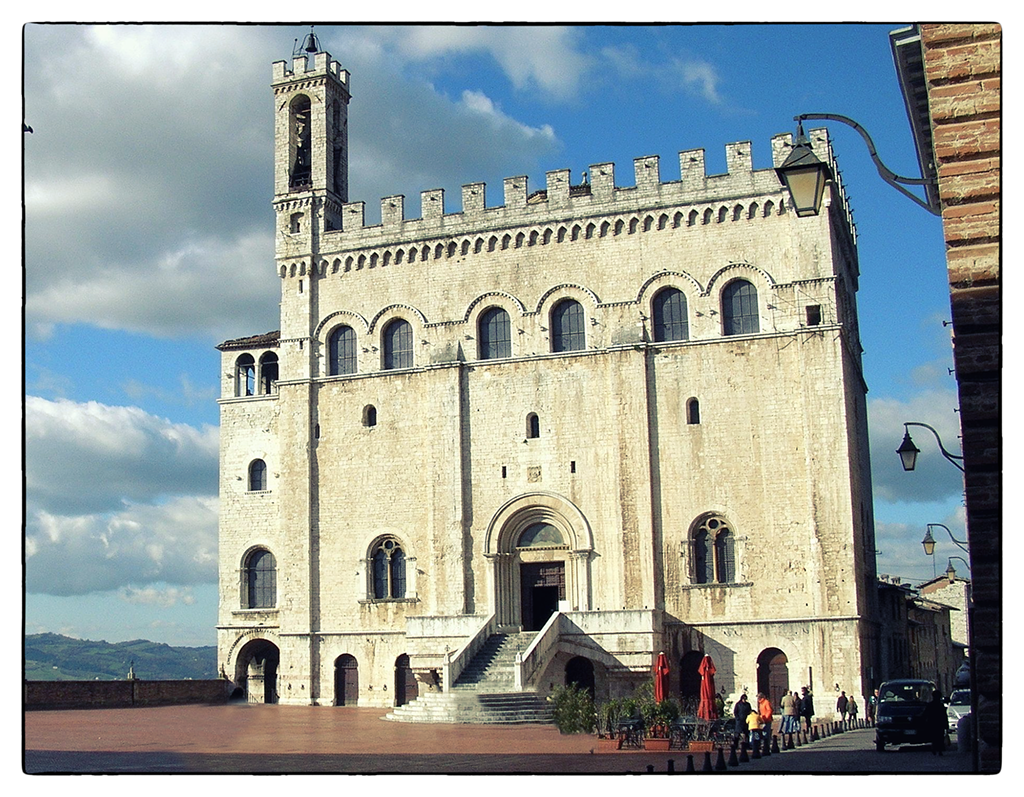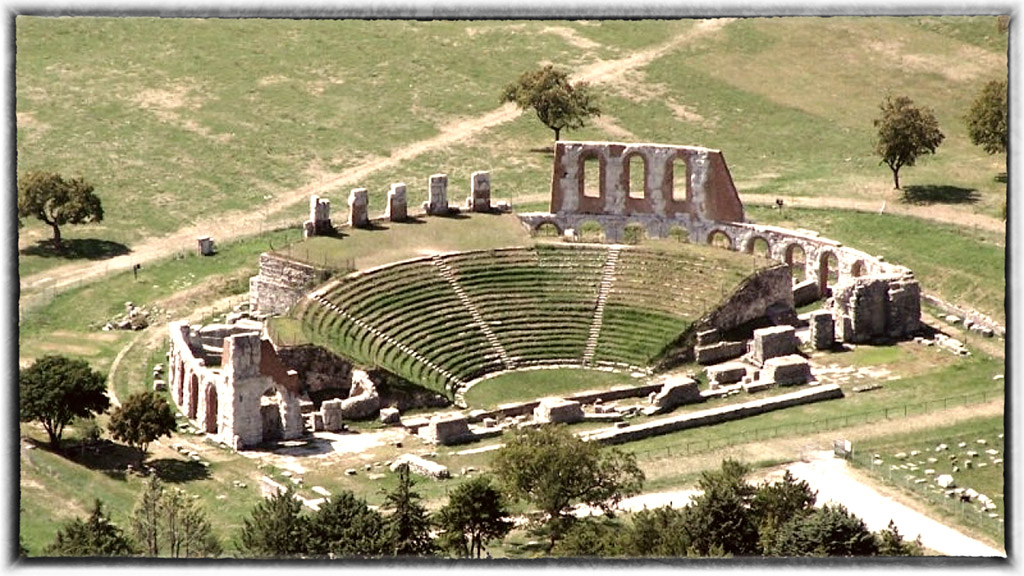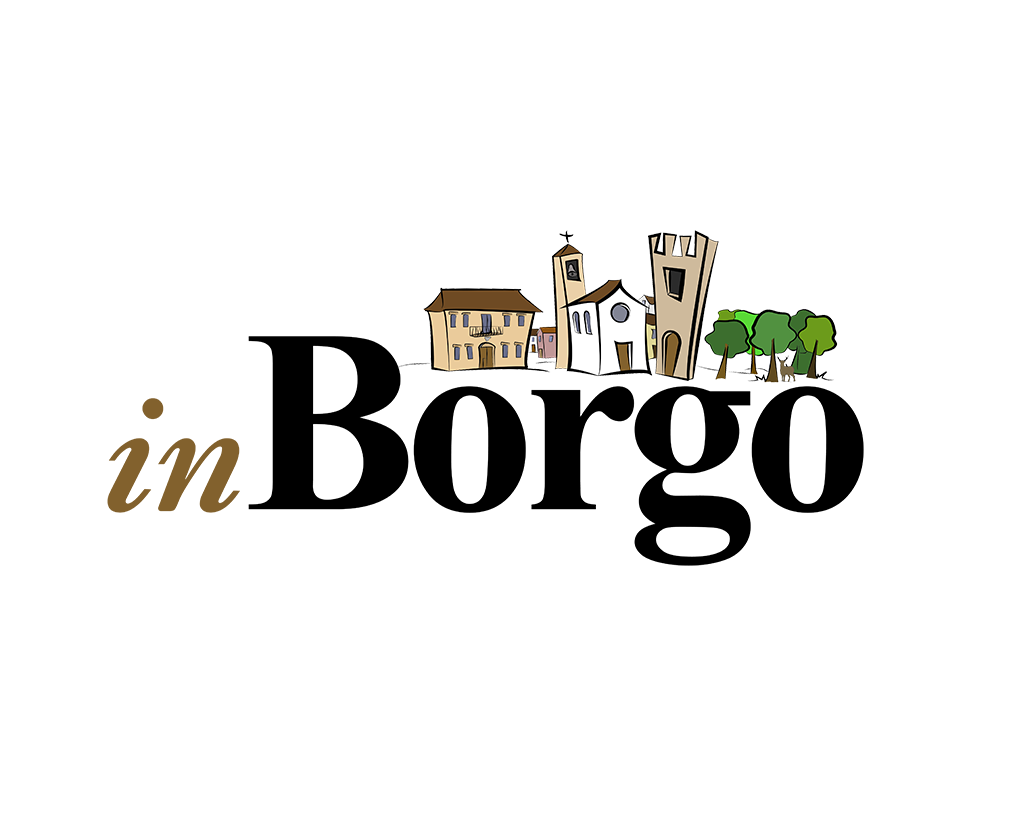
Il periodo natalizio è senz’altro il momento ideale per visitare Gubbio. La città infatti si trasforma in un villaggio natalizio con il mercatino di Natale, ruota panoramica, proiezioni sui vari monumenti di storie dedicate anche alla vita di San Francesco, ma soprattutto per vedere da vicino, anzi no, da lontano, date le sue dimensioni, l’albero più grande del mondo. Viene infatti occupata un area piuttosto vasta che sale verso il monte Igino, dove attraverso un sapiente posizionamento di luci di vario colore, vi è disegnato un albero, con stella cometa annessa. La figura è larga 450 metri e alta 750. Per avere tutte le info, vi invitiamo a visitare il sito del comune dove viene presentato tutto il programma di Christmasland
Tuttavia Gubbio merita di essere visitata durante tutto l’anno. Di notevole pregio sono i suoi innumerevoli edifici storici e le opere artistiche che esse contengono. Ad iniziare dal Duomo e dal Palazzo dei Consoli. Quest ultimo fu fatto costruire nel XIV secolo, per testimoniare l’importanza e la ricchezza raggiunta dalla città in quel periodo. All’interno troviamo il museo civico che custodisce, tra le tante opere artistiche, anche le Tavole eugubine.
L’elenco dei luoghi da visitare è lungo. Tra di essi il Palazzo Ducale (l’ambiente dello studiolo del duca fu venduto al Metropolitan Museum di New York), Il Palazzo Pretorio (ora sede comunale), il Palazzo del Bargello (tipico esempio di architettura gotica in città), il Castello Baccaresca (ora trasformato in un relais), per proseguire con gli edifici religiosi come la chiesa di San Francesco, la chiesa di Sant’Agostino (con gli affreschi di Ottaviano Nelli raffiguranti il Giudizio universale e le storie di Sant’Agostino), la chiesa di San Domenico, la chiesa di Santa Maria dei Laici, la chiesa di Santa Maria della Vittoria, quella di San Giovanni Battista (usata per molti anni come set della fiction Don Matteo su Rai 1), la Basilica di Sant Ubalbo, (posizionata sulla cima del Monte Igino dove riposano le spoglie del santo), e ancora altre chiese. Dulcis in fundo, assolutamente da non perdere, è il teatro romano del I secolo a.c. Esso poteva contenere fino a 6000 spettatori. Bellissimo il mosaico scoperto nel 500 e portato prima a Roma nel palazzo di proprietà del Conte Gabrielli a Trinità dei Monti e poi venduto a Thomas Coke, conte di Leicester, che lo espose nella propria residenza di Holkham Hall e dove si trova tutt’ora.
The Christmas period is certainly the ideal time to visit Gubbio. In fact, the city is transformed into a Christmas village with a Christmas market, a Ferris wheel, projections on the various monuments of stories also dedicated to the life of St Francis, but above all to see up close, or rather from afar, given its size, the largest tree in the world. In fact, quite a large area is occupied as it rises towards Mount Igino, where a tree, with an attached comet star, is drawn by cleverly positioned lights of various colours. The figure is 450 metres wide and 750 metres high. Please visit the municipal website where the entire Christmasland programme is presented for all information.
But Gubbio deserves to be visited throughout the year. Its countless historical buildings and the artistic works they contain are of considerable value. To start with the Cathedral and the Palazzo dei Consoli. The latter was built in the 14th century to testify to the importance the city had achieved. Inside, we find the civic museum that houses the Eugubine Tablets among the many artistic works.
The list of places to see is long. They include the Ducal Palace (the room in the duke’s study was sold to the Metropolitan Museum in New York), the Praetorian Palace (now the town hall), the Bargello Palace (a typical example of Gothic architecture in the city), the Baccaresca Castle (now converted into a relais), to continue with religious buildings such as the church of San Francesco the church of Sant’Agostino (with frescoes by Ottaviano Nelli depicting the Last Judgement and the stories of Saint Augustine), the church of San Domenico, the church of Santa Maria dei Laici, the church of Santa Maria della Vittoria, the church of San Giovanni Battista (used for many years as the set of the fiction Don Matteo on Rai 1), the Basilica of Sant Ubalbo, (located on the summit of Mount Igino where the saint’s remains rest), and other churches. Dulcis in fundo, absolutely not to be missed, is the Roman theatre from the 1st century B.C. It could hold up to 6000 spectators. Beautiful is the mosaic discovered in the 16th century which was first taken to Rome to the palace owned by Count Gabrielli at Trinità dei Monti and then sold to Thomas Coke, Earl of Leicester, who displayed it in his own residence at Holkham Hall, where it still stands today.

